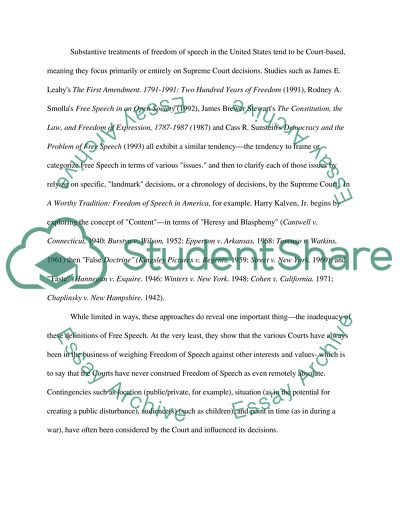Cite this document
(“The First Amendment Essay Example | Topics and Well Written Essays - 1500 words”, n.d.)
Retrieved from https://studentshare.org/law/1504114-the-first-amendment
Retrieved from https://studentshare.org/law/1504114-the-first-amendment
(The First Amendment Essay Example | Topics and Well Written Essays - 1500 Words)
https://studentshare.org/law/1504114-the-first-amendment.
https://studentshare.org/law/1504114-the-first-amendment.
“The First Amendment Essay Example | Topics and Well Written Essays - 1500 Words”, n.d. https://studentshare.org/law/1504114-the-first-amendment.


